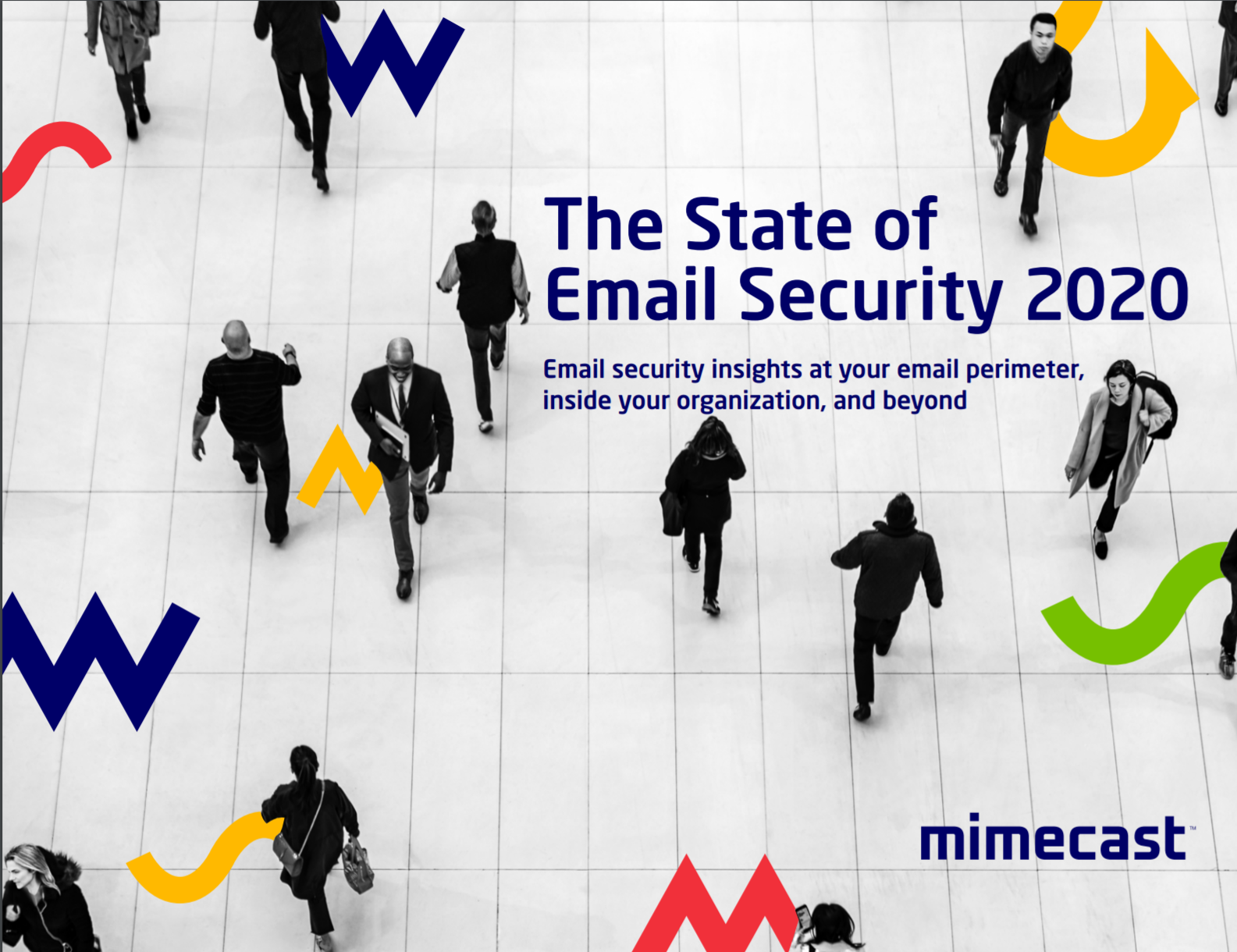People can’t resist opening LinkedIn phishing emails
Dodgy emails with “LinkedIn” in the subject line had an open rate of almost 50%

Phishing emails mentioning “LinkedIn” in their subject lines are the most likely to be opened by victims, according to new data from Atlas VPN.
Atlas VPN says that LinkedIn phishing emails had a 47% open rate in the third quarter of 2020, making them the most common social media scam for the third year running.
LinkedIn phishing emails used subject lines like "You appeared in new searches this week!", "People are looking at your LinkedIn profile", "Please add me to your Linkedin network" and "Join my network on LinkedIn."
Social media scams
Atlas VPN also investigated other social media phishing emails, finding the second most commonly mentioned social media company was Twitter. These emails had subject lines like “Someone has sent you a direct message on Twitter!” and had 15% open rates.
Facebook phishing emails rank third on the list with 12% open rates. An example of a typical Facebook scam is "Your friend tagged you in photos on Facebook”.
Scammers have also deceived users by sending emails saying they’ve received a new voicemail. Emails with "New voice message at 1:23AM" in their subject line had 8% open rates.
Less commonly opened social media phishing emails warned recipients of security alerts. Emails with the subject line “Login Alert for Chrome on Motorola X” had 7% open rates. Phishing scams warning that “Someone may have accessed your account” had 6% open rates.
Get the ITPro daily newsletter
Sign up today and you will receive a free copy of our Future Focus 2025 report - the leading guidance on AI, cybersecurity and other IT challenges as per 700+ senior executives
General phishing scams
As well as researching the most common social media phishing emails, Atlas VPN also analyzed and ranked general phishing attacks. The most common general phishing email contained the subject line “Payroll Destruction Form” and had a 33% open rate.
RELATED RESOURCE

The State of Email Security 2020
Email security insights at your email perimeter, inside your organisation, and beyond
Cybercriminals have also taken advantage of the global coronavirus pandemic in their phishing campaigns. Emails with subjects mentioning COVID-19 and the pandemic had 32% open rates.
Other general phishing emails contained the subject lines “Please review the leave law requirements” (12%), “Password Check Required immediately” (9%), “Vacation Policy Update” (7%) and “Scheduled Server Maintenance - No Internet Access” (7%).
Jake Moore, a security specialist at ESET, told IT Pro: “Phishing emails can far too often be glaringly obvious, but when threat actors use familiar platforms with friendly profile pictures to entice a victim, no wonder it has far more of a success rate.”
“Ignoring an email, whether it’s phishing or not, is something most likely we have all done. But a message within a platform where there is more validation on offer in the means of an online CV and a photo of someone’s headshot just adds to the temptation to politely respond.”
“Many people might not even realize that phishing messages communicate on multiple platforms in order to increase open rates and therefore, LinkedIn may just be the perfect conveyance for cybercriminals to send links and attachments.”
Nicholas Fearn is a freelance technology journalist and copywriter from the Welsh valleys. His work has appeared in publications such as the FT, the Independent, the Daily Telegraph, the Next Web, T3, Android Central, Computer Weekly, and many others. He also happens to be a diehard Mariah Carey fan. You can follow Nicholas on Twitter.
-
 Bigger salaries, more burnout: Is the CISO role in crisis?
Bigger salaries, more burnout: Is the CISO role in crisis?In-depth CISOs are more stressed than ever before – but why is this and what can be done?
By Kate O'Flaherty Published
-
 Cheap cyber crime kits can be bought on the dark web for less than $25
Cheap cyber crime kits can be bought on the dark web for less than $25News Research from NordVPN shows phishing kits are now widely available on the dark web and via messaging apps like Telegram, and are often selling for less than $25.
By Emma Woollacott Published